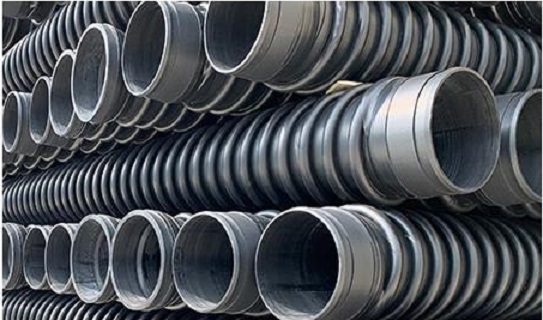First, limit nitrogen and increase phosphorus and potassium. Many greenhouse growers use a large amount of nitrogen fertilizer such as urea and carbon ammonia in vegetable production, and the amount of nitrogen applied far exceeds the required amount, resulting in a large amount of nitrogen remaining in the soil. Excessive nitrogen fertilizer can also cause the nitrate content of vegetables to increase and the quality to decline. The NPK balanced fertilization vegetables grow fast, the individual is strong, and the yield is high.
In general, vegetable crops are all potassium, and most vegetable crops absorb more potassium than nitrogen (if the absorption of nitrogen is 100, the amount of potassium absorbed ranges from 105 to the highest 250, with an average of 150-160). . Potassium fertilizer can enhance the disease resistance of vegetables and improve the ability of photosynthesis and photosynthetic products in vegetables. Potassium fertilizer dosage is controlled at 150 kg/mu-250 kg/mu, and the use of solanaceous and root vegetables is more, and the amount of leafy vegetables used is less. Potassium fertilizer is generally used as a base fertilizer. If it is to be used as a top dressing, it should be applied as soon as possible. When applying potassium fertilizer, it should be applied deep and concentrated.
Second, pay attention to foliar fertilization. Foliar fertilization is an important means of fertilization. Foliar fertilization has the characteristics of quick fertilizer effect, strong pertinence, convenient application and low dosage. Greenhouse vegetables can be supplemented with potassium and trace elements by foliar application. Vegetable growth requires more calcium, molybdenum and copper. Foliar application of calcium, molybdenum and copper can balance vegetable nutrition, reduce vegetable diseases and increase vegetable yield.
Third, strictly use decomposed organic fertilizer. Pay attention to the application of organic fertilizer to ensure the nutrient balance of nitrogen, phosphorus, potassium and other nutrients, not only improve soil structure, increase soil water retention and fertilizer retention capacity, but also increase carbon dioxide content in soil. However, if the organic fertilizer is improperly applied, it will also cause the baking leaves of cucumber leaves and tomato leaves, and it is also a major factor that pollutes the environment and pollutes vegetables. There are many pathogens and parasitic eggs in the decomposed organic fertilizer, which can easily lead to diseases of vegetables, and may also cause diseases and eggs to contaminate vegetables, especially leafy vegetables, which makes people sick after eating. Can be applied to greenhouse vegetable production by accumulating decomposed fermentation and killing pathogens and parasite eggs. In order to produce safe and pollution-free vegetables and avoid the spread of germs, decomposed human excrement and livestock manure should be applied, and the specific composting period is 1-2 months. In particular, raw chicken manure does not pass through the stack, and the application will cause vegetable diseases.
Fourth, the application of biogas fertilizer. Biogas slurry and biogas residue are human excrement, livestock manure and plant residues in the biogas digesters through microbial fermentation, germs and eggs have been killed, human excrement, livestock manure and plant residues are decomposed, and fertilizer efficiency is improved. According to the results of the experiment conducted by the Institute of Soil and Water Conservation of the Ministry of Water Resources of the Chinese Academy of Sciences in Yan'an, Shaanxi Province, the application of biogas fertilizer, cucumber and tomato diseases are light and the yield is high, which is an ideal fertilizer source for the production of pollution-free vegetables. (Xu Welfare)
Source: China Economic Net
HDPE Winding Reinforced Structural Pipe
HDPE wound structural wall B-type pipe produced by our company uses high density polyethylene (HDPE) material and is produced in accordance with the latest Chinese standard GB / t19472.2-2017. The products are widely used in hydraulic engineering, municipal engineering, construction engineering, communication engineering, industrial sewage and drainage, agricultural irrigation, road drainage, mine drainage, air supply and ventilation, etc.


HDPE Structural Pipe SN8 DN800, HDPE Structural Pipe SN12.5 DN800, HDPE Structural Pipe SN8 DN700, HDPE Structural Pipe SN12.5 DN700, HDPE Structural Pipe SN8 DN1000
Zhoushan Runchun Import & Export Co., Ltd. , https://www.en124casting.com